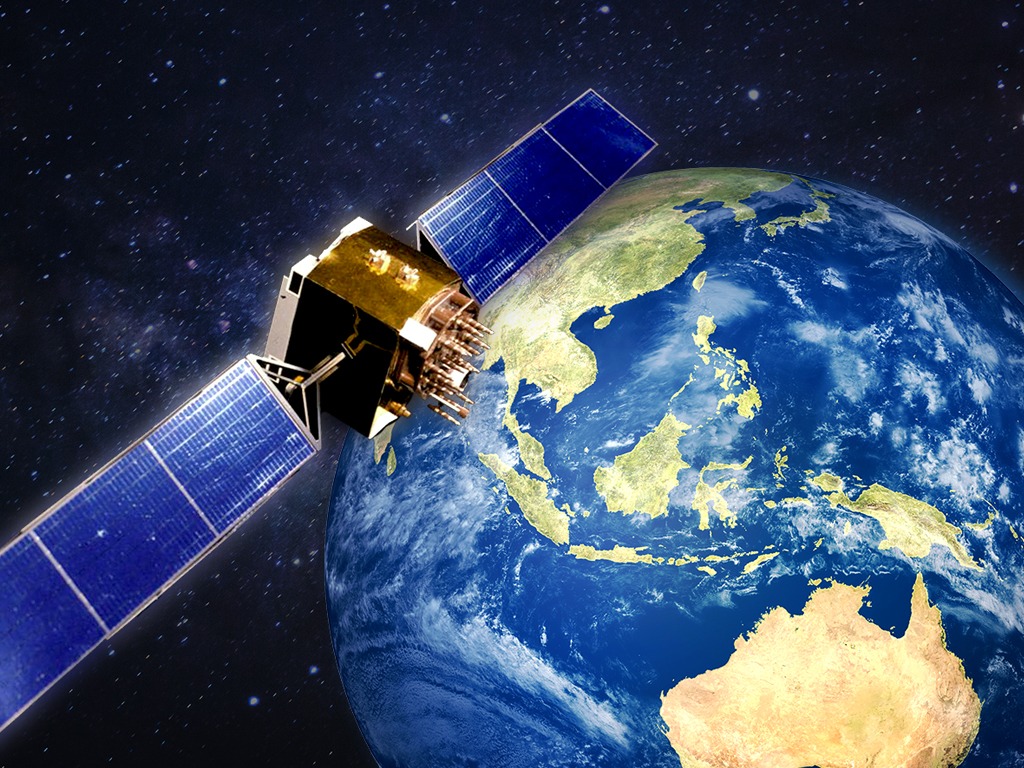Hello Smart People, do you know that next July 9th, Indonesia will celebrate a historical event. The historical event that will be celebrated is the release of an Indonesian satellite called Palapa. The orbiting satellite is a national event having a significant meaning for Indonesia.
The orbiting of Palapa and Delta 2914 rocket have their own story. The stories are not as famous as Neil Armstrong’s landing on the moon on July 20th, 1969. The success of the Palapa A1 satellite has made Indonesia a proud country among Asian Countries. Now, the historical date has been enshrined as Palapa Satellite day, the day when Indonesia had its satellite for the first time. Along with the development of technology, the Palapa satellite has been regenerated. Up until now, there are nine satellites owned.
The name “Palapa” is taken from the legendary vow said by Mahapatih of Majapahit Kingdom, Gajah Mada. The name of the vow is Palapa Amukti Oath. The oath is the vow of Gajah Mada not to taste worldly pleasure before he can unite the archipelago under the name of Majapahit.
To celebrate Palapa day in Indonesia, we need to comprehend the meaning of the satellite. According to the explanation of Diktat published on uny.ac.id satellite comes from the Latin word “satteles” which means servant. In addition, the term satellite refers to an object revolving around planets and other objects. Satellites in outer space must remain in their places revolving around the earth. The certain place where satellites revolve around their planets is called orbits.
Satellite is divided into two, natural and artificial satellites. A natural satellite is a celestial object in space that orbits around a larger object. Meanwhile, artificial satellites are satellites made by humans. Artificial satellites are launched into a certain orbit by rockets. There are already thousands of artificial satellites orbiting the earth.
Smart People, through the points we have explained, you need to know some functions of satellites. Here are some functions of satellites:
- As a Means of Communication
One of the functions of the satellite is to forward telephone communication signals and television broadcast signals around the world. Before the existence of artificial satellites, signals of television and telephone could only be transmitted in a straight line and could not even pass through tall buildings. However, since the advent of artificial satellites, watching television from another hemisphere and communicating with people who are very far away has become possible.
- To Help Weather Monitoring
Satellites are also used to track changes in atmospheric conditions that determine the weather. Artificial satellites used for monitoring weather will revolve around the earth to gain some information relating to the weather. The information will be used to understand temperature and pressure on earth and others information.
- To Monitor Environment
Do you know, Smart People? Another function of artificial satellites is to monitor the environment and natural resources. Satellites will portray environments and natural conditions on earth. This function of the artificial satellite can be called an earth-observing tool. In this mode, the artificial satellite will examine the earth for changes in everything, such as temperature.
- As a Means to Understand Space
A satellite is a celestial object in space. Artificial satellites are launched to understand the situation in outer space. This kind of artificial satellite is called a scientific satellite. The scientific satellite can be understood through Hubble Space Telescope. The telescope can perform all sorts of scientific missions. They see everything from sunspots and gamma rays. The satellites will also observe and research objects that exist in nature, whether it’s earth objects or celestial objects.
- As a Device to Search Signal
Satellites also function as navigation. It will become radio signals channeled to receivers on the ground, so it can determine the location on the earth’s surface.
If there is no disturbance between the satellite and the receiver planted on the ground, the GPS receiver (satellite signal receiver) will obtain the data about a position in a certain place with an accuracy of several meters in real-time. This satellite functions as a rescue tool when ships find it difficult to determine their positions due to bad weather or difficulties seeing in areas of thick fog.
Only few people know how satellites and vehicle work. Satellites have two main parts, namely the public vehicle and the special payload to perform its unique tasks.Satellite brings benefits to many fields for human life on earth. Therefore, satellite will be a communication device that has significant value with high level of risks.
To minimize the high risk, Tugu Insurance provides protection to Satellite Lauch and give In-Orbit Insurance. The purpose of protection and insurance is to protect company’s Satellite assets due to operational losses or losses during satellite’s lauching.
You can insure total loss, constructive total loss, and partial loss as a result of damage or satellite failure occurred during the period of coverage.
Come on, Smart People! We can create more advanced and better technology for our life. Just read more on the Tugu Insurance’s website at www.tugu.com.
Don’t forget to share this article with your closest friend and also follow Tugu Insurance’s social medias so you will never miss any interesting information!
Facebook : @tuguinsurance
Instagram : @tuguinsurance
Twitter : @tuguinsurance
Tiktok : @tuguinsurance
LinkedIn : PT Asuransi Tugu Pratama Indonesia Tbk
PT Asuransi Tugu Pratama Indonesia Tbk is registered and monitored by Financial Services Authority.
Reference :






